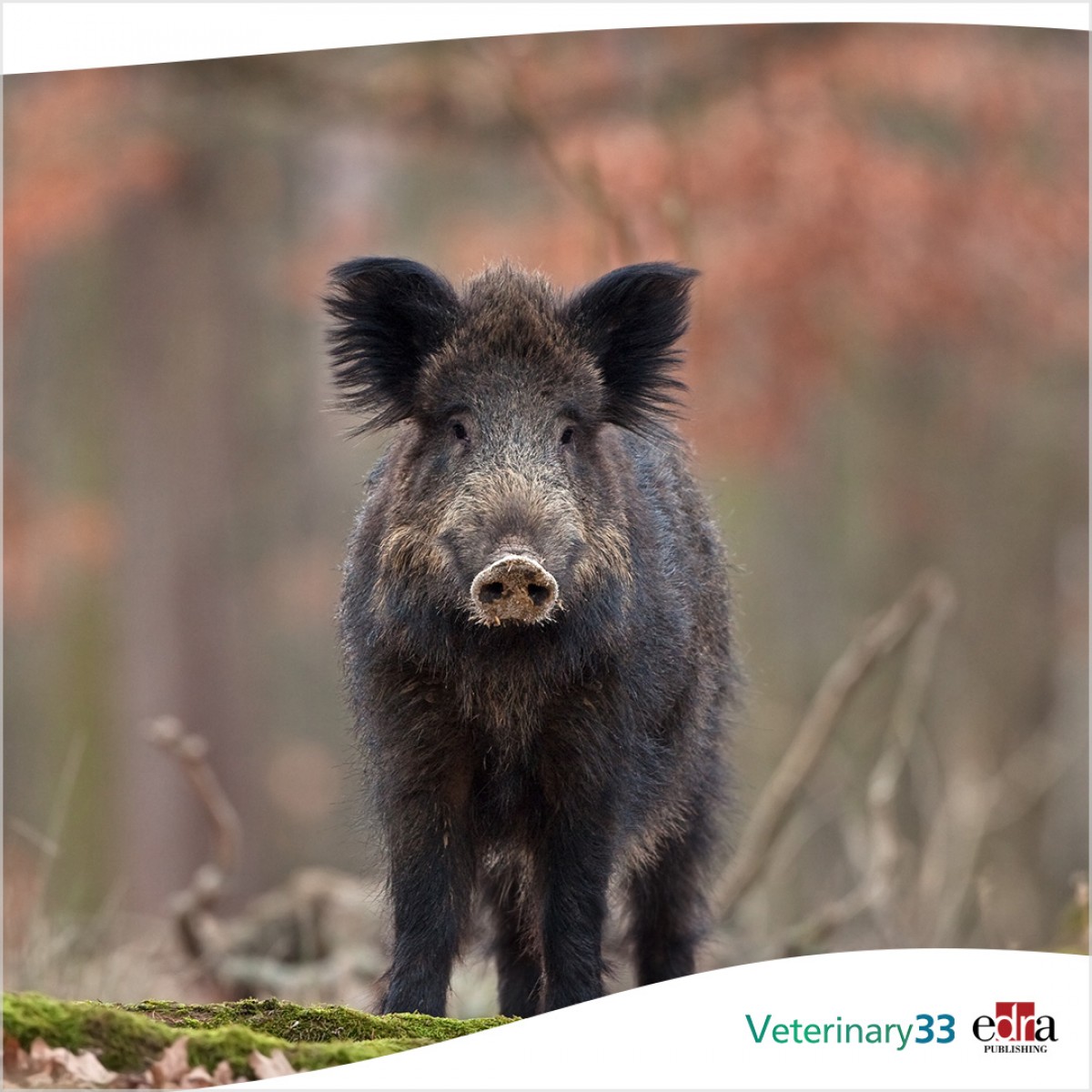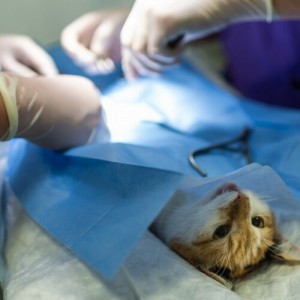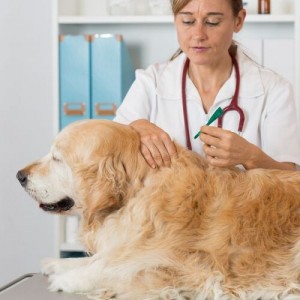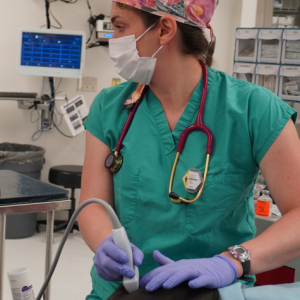Wild boars as reservoir for Campylobacter and Arcobacter
Campylobacteriosis is a significant public health concern with Campylobacter jejuni and Campylobacter coli as main causative agents. Moreover, there is an increasing recognition of other pathogenic Campylobacter species and Campylobacter-like organisms as Arcobacter. However, current knowledge on presence of Arcobacter species in wild boars (Sus scrofa) is lacking, and knowledge on Campylobacter species is based on methods favoring growth of thermotolerant species. In this study, fecal samples originating from 76 wild boars hunted in Campania region (Italy) were examined for the presence of Campylobacter(-like) organisms by a culture dependent approach.
Three isolation protocols were performed in parallel: Arcobacter-selective agar plates, mCCDA plates and isolation by passive filtration onto non-selective blood agar plates were used as quantitative isolation methods. Enrichment broths, i.e. Arcobacter selective enrichment broth, Preston broth and CAT broth were used for qualitative detection of low levels or stressed Campylobacter(-like) organisms. The Arcobacter and Campylobacter isolates were identified at species level using matrix-assisted laser desorption/ionization time-of-flight mass spectrometry (MALDI-TOF MS) and 16S ribosomal RNA (rRNA) sequence analysis. Overall, 41 (53.9%) of the animals excreted Arcobacter or Campylobacter while 38 (50.0%) shed Campylobacter and 8 (10.5%) Arcobacter. Campylobacter lanienae predominated and was isolated from 31 (40.8%) animals.
No statistical difference between the age groups or gender with regard to the fecal excretion of Campylobacter(-like) organisms was observed. Thirty animals (39.5%) shed Campylobacter spp. exceeding levels of 10 ³ CFU g-1 feces. As samples were obtained from hunted wild boars intended for consumption, a potential contamination of meat with these bacterial pathogens must be considered.
“Wild boars as reservoir for Campylobacter and Arcobacter” Pieter-Jan Kerkhof, et al. Vet Microbiol. 2022 Jul;270:109462. doi: 10.1016/j.vetmic.2022.109462.









List
Add
Please enter a comment